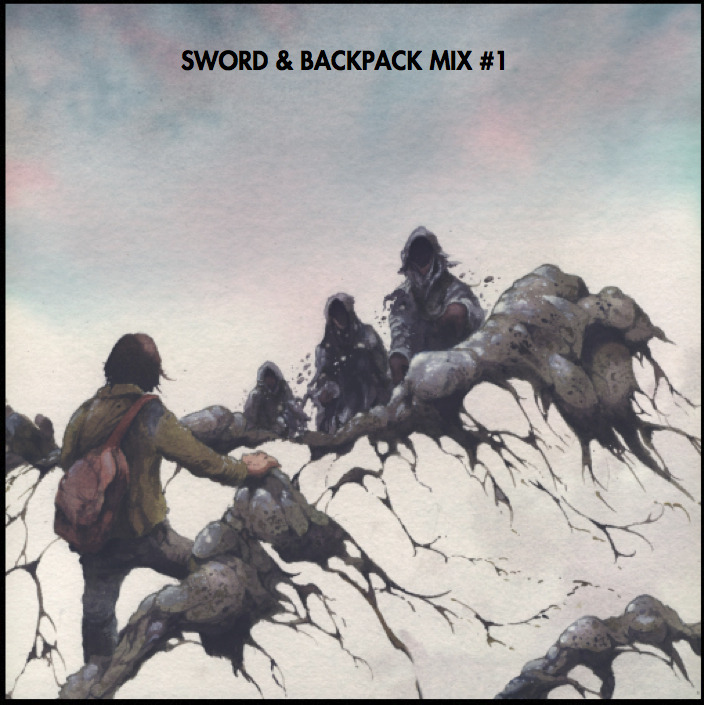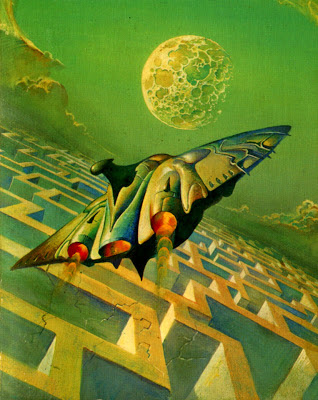Warlord #122 (October 1987)
Written by Michael Fleisher; Pencils by Art Thibert, Inks by Pablo Marcos
Synopsis: While the Shamballans rebuild their city, Jennifer Morgan and Kara (aka Power Girl) are battling the demon Azmyrkon and his scepter of power. The demon has united two of the three pieces and our heroes are having a tough time coping with his onslaught. He even creates a rogue wave that threatens to wash over a coastal settlement, but Kara generates a wave of her own to turn it back.
Morgan is preparing to host dignitaries from all over Skartaris, trying to repair the mistrust sown by Desaad. He’s most looking forward to the return of Tara, his queen. In Kiro, that queen is preparing to come home with their friend, Machiste, who still can’t forgive what happened between Morgan and Mariah.
Redmond has escaped the Valley of the Snowmen. He takes the antidote he stole from them and finds he does de-Sasquatchify. He continues on his dogged and ridiculous quest to bring Morgan to justice. He winds up in a town, where his attempt to pay for a meal with U.S. currency and his reverting to manbeast form leads him to take a girl hostage to get out of town ahead of angry villagers.
Azmyrkon goes after the next part of his power rod in a desert. Kara finds the last piece with her X-ray vision, and then borrows into the earth to get it while Jennifer distracts the demon with her magic.
The demon’s too strong though, and they can’t hold him off for long. Azmyrkon manages to get the jewel for his rod from them and gets pretty cocky:
The ladies are still in the fight, but things are going badly. Jennifer makes one last, desperate play: She drains all her magic into Kara to fortify her strength enough so she can wrest the rod from the demon’s hands. Then she blasts him with his own weapon:
Back in Shamballah, the dignitaries have begun to arrive. Tara arrives and greets Morgan warmly. Machiste on the other hand:
Things to Notice:
- You've got to give it to Redmond, he's persistent.
- Desaad has disappeared back to Apokolips.
Where it Comes From:
This issue is largely a wrap for the dangling business from the New Gods arc. It does give Powergirl and Jennifer something more to do.
This issue is largely a wrap for the dangling business from the New Gods arc. It does give Powergirl and Jennifer something more to do.



























.jpg)















